I tested the most popular AI image generators to discover their greatest strengths and weaknesses.
At Ahrefs, we have a team of extremely skilled (and very human) designers, but not everyone has that luxury. I wanted to know: are AI image generators useful for spinning up quick social media posts, creating blog post graphics, or saving a few bucks on expensive stock photography?
So I tested out the most popular cloud-based text-to-image tools: DALL-E 3 (available in ChatGPT), Midjourney, Canva’s Magic Media, Adobe Firefly, and the very new Gemini for Workspace.
All these tools generate images in a few clicks, without needing to do anything complicated like training custom models or running programs locally on your computer.
The best AI image generator is, in my opinion, Adobe Firefly. All the models had their own strengths, but Firefly offered maximum control over image generation and image editing.
Here are the pros and cons (and many, many images) sharing my experience with each.
To make this point, here’s what happened when I asked for a “Stock photo of someone working on their laptop in a New York coffee shop”:

This is pretty representative of DALL-E 3: most of its images look and feel like they’re AI-generated.
Look for a moment and you’ll spot nonsense text, furniture blending into the background, a weird uncanny-valley glow to the main character, straight lines that are never straight… and most of ChatGPT’s images suffer from the same issues.
Here’s ChatGPT trying to gaslight me into believing that this is a photograph of a home office (the trees look like a freaking pointillism painting):

These issues are at least less obvious in cartoon imagery. Here’s our character holding a key again:

Not bad, despite a couple of AI-isms, like the double-ended key and weird abstract backpack charm. Unfortunately, I couldn’t remove these little quirks, because even though ChatGPT recently added the ability to highlight parts of the image to selectively edit, this feature was super unreliable when I tested it.
On one occasion, ChatGPT even decided that, actually, no, it didn’t want me to do any image editing:

Without much control over image generation or editing, DALL-E 3 is a bit of a crapshoot, and it’s virtually impossible to carry consistent styles across images.
When I tried to make a new image with the same cartoon character, it changed style radically:
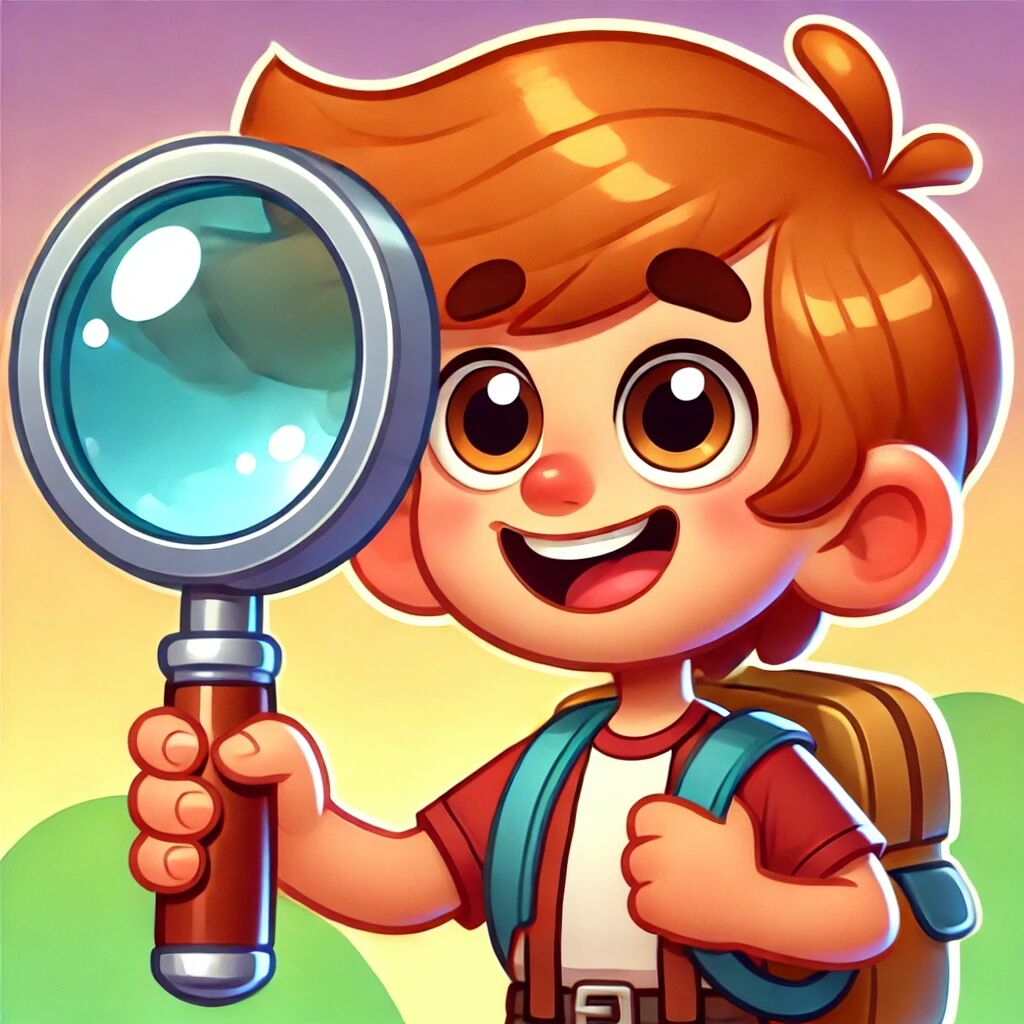
You can’t easily upscale your images either, and when I asked ChatGPT to resize a YouTube thumbnail to 16:9 resolution, it decided to write a Python script to stretch the image to landscape format.
Which, err… did not look good:

When I tried to refine the prompt to reflect Ahrefs’ brand guidelines, it gave me a lecture on designing thumbnails, and didn’t actually make an image.
Generating images with ChatGPT reminds me playing the video game DOOM on a calculator. It might technically be possible, but you probably shouldn’t do it.
ChatGPT had one big redeeming virtue, where its penchant for Python was extremely useful: data visualization. It was the only AI image generator capable of actually turning a list of data points into an accurate graph:
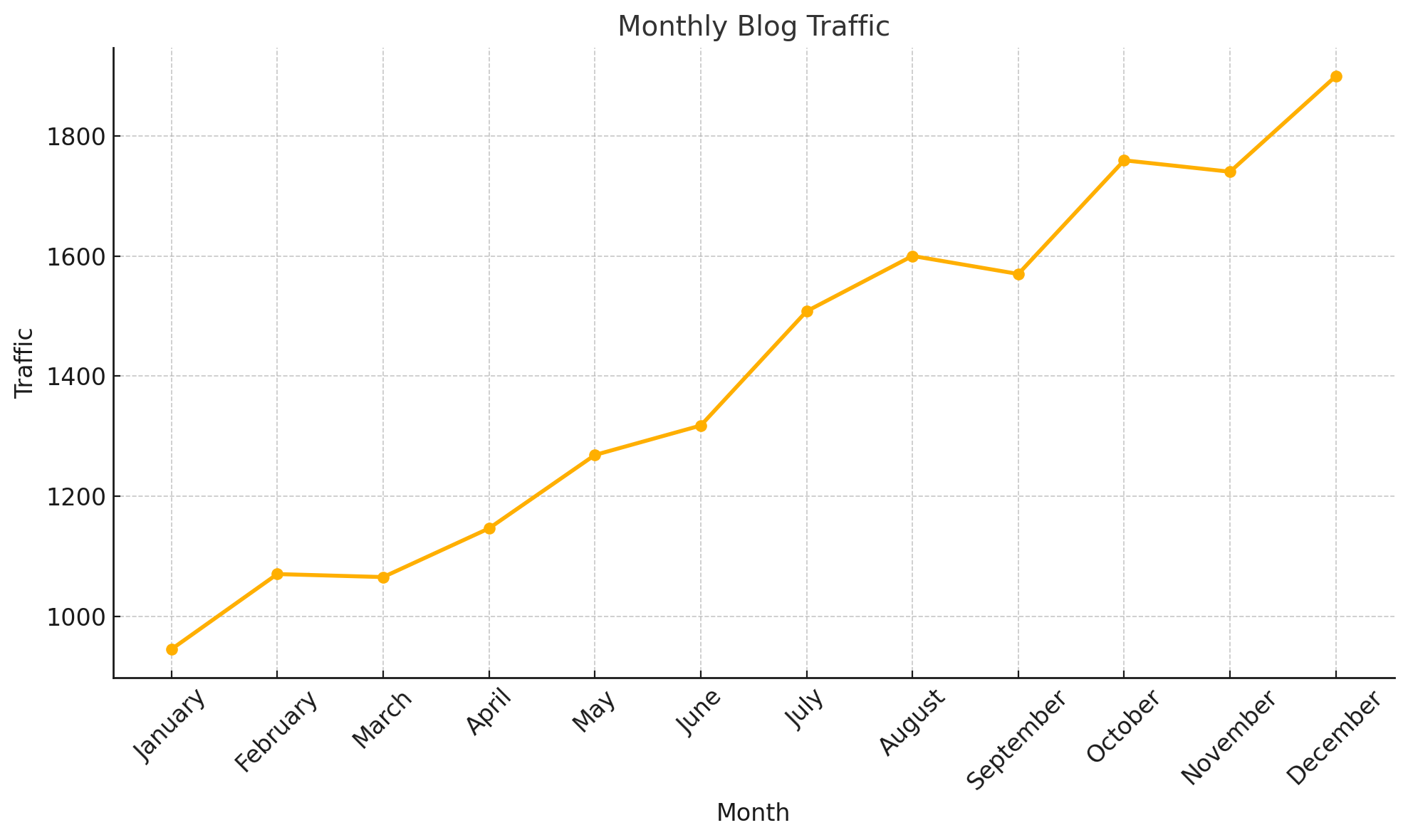
And it can handle more complex data visualisations too:
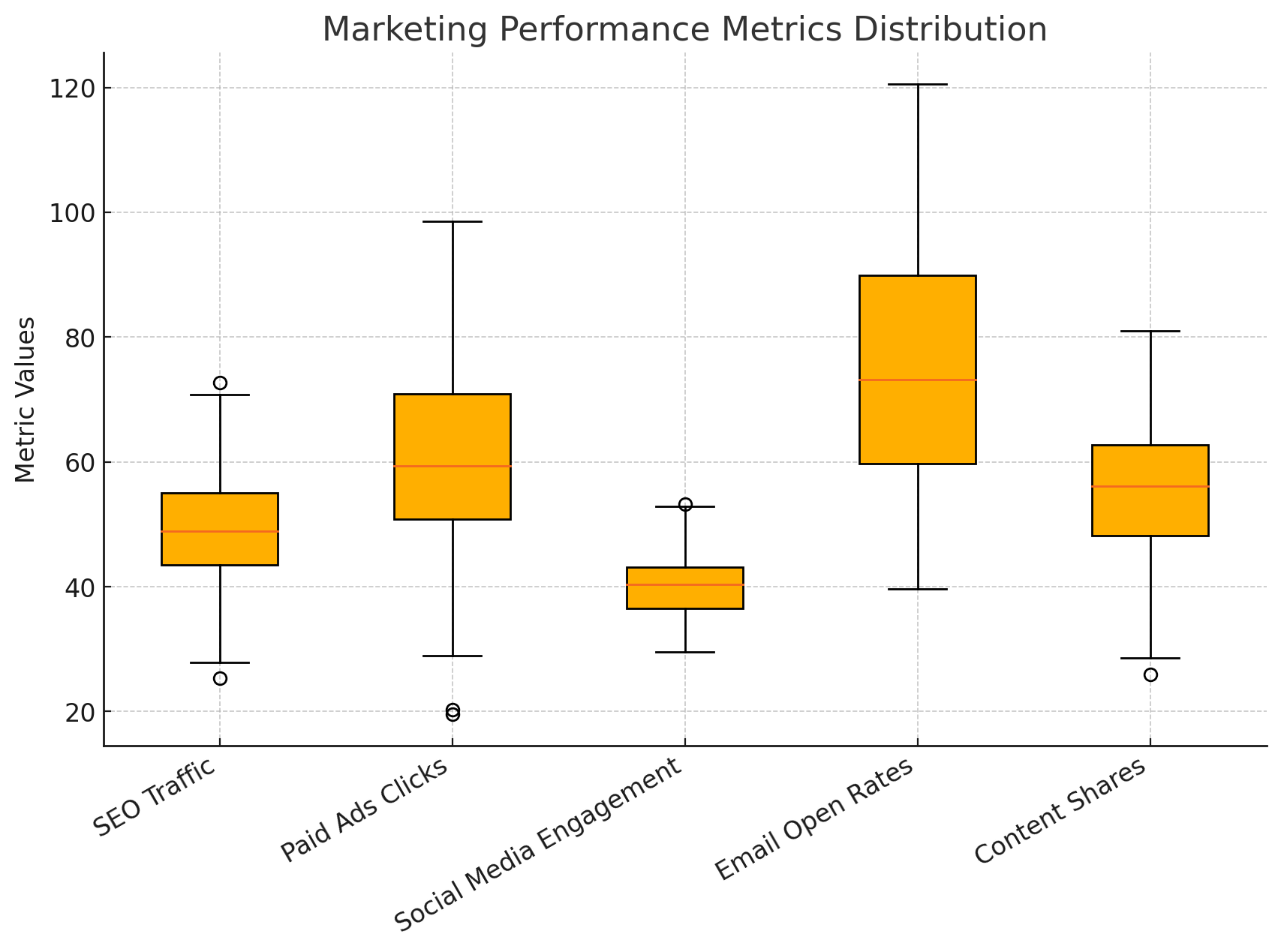
This is a different type of “image generation”, but for someone like me who wrangles data on a daily basis, incredibly useful, and a feature I use all the time.
Similar Posts
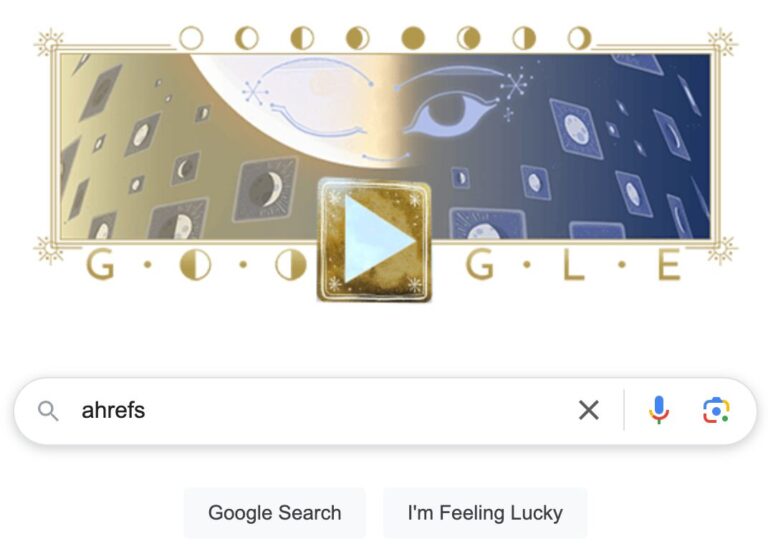
16 Top Search Engines in 2025 (Including Google Alternatives)
What are the top search engines in the world? It depends on what you’re looking for. Slowly disappearing are the days when just one search engine dominates over the rest. The Internet is fragmenting, and people may choose a search engine over others because of specific use cases. So, here are the top search engines, classified…

Want to Grow Your Business? You Need a Growth Strategy
Growing a business isn’t just about working harder; it’s about working smarter. A well-thought-out growth strategy helps you identify opportunities, allocate resources effectively, and create a roadmap for sustainable expansion. Whether you’re a startup or an established company, a growth strategy is essential to scale your business in today’s competitive landscape. Here’s a step-by-step guide…
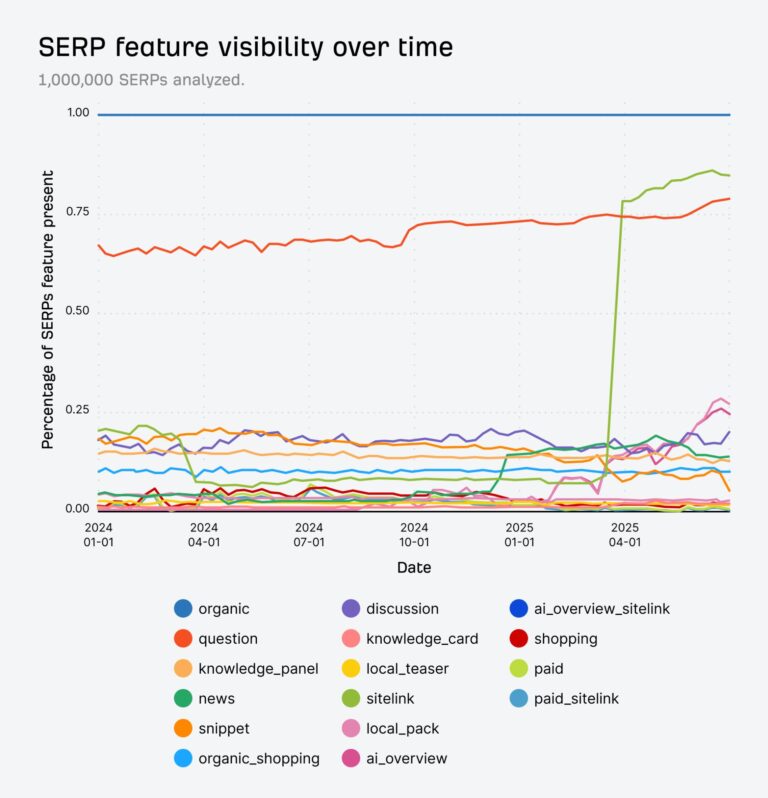
Goodbye, Featured Snippets: How SERP Features Have Evolved in the AI Era
We analyzed 1,000,000 SERPs to see how the presence of different SERP features has changed since the start of the year. AI Overviews appeared from nowhere in August 2024, and now appear on over a quarter of the keywords in this sample (and they’re much more prevalent for informational keywords). Functionally, AI Overviews seem to overlap…

Top 50 Fastest-Growing EdTech Companies
The EdTech industry is expanding rapidly, with a global market projected to reach $354.71 billion this year. From AI tutors to classroom management platforms, both new startups and established players are racing to capture attention and market share. Using Ahrefs’ website data, we’ve found the top 50 fastest-growing EdTech companies of 2025, ranked by estimated year-over-year…

Why .store Is the Perfect Domain Extension for Your Online Shop
In the vast, ever-evolving eCommerce landscape, filled to the brim with new digital marketplaces, standing out is vital for online shop owners. And you shouldn’t underestimate the impact your top-level domain can have on your brand’s online presence. Over the last 12 months, the .store registry commissioned Contrast Digital to run a TLD experiment to…
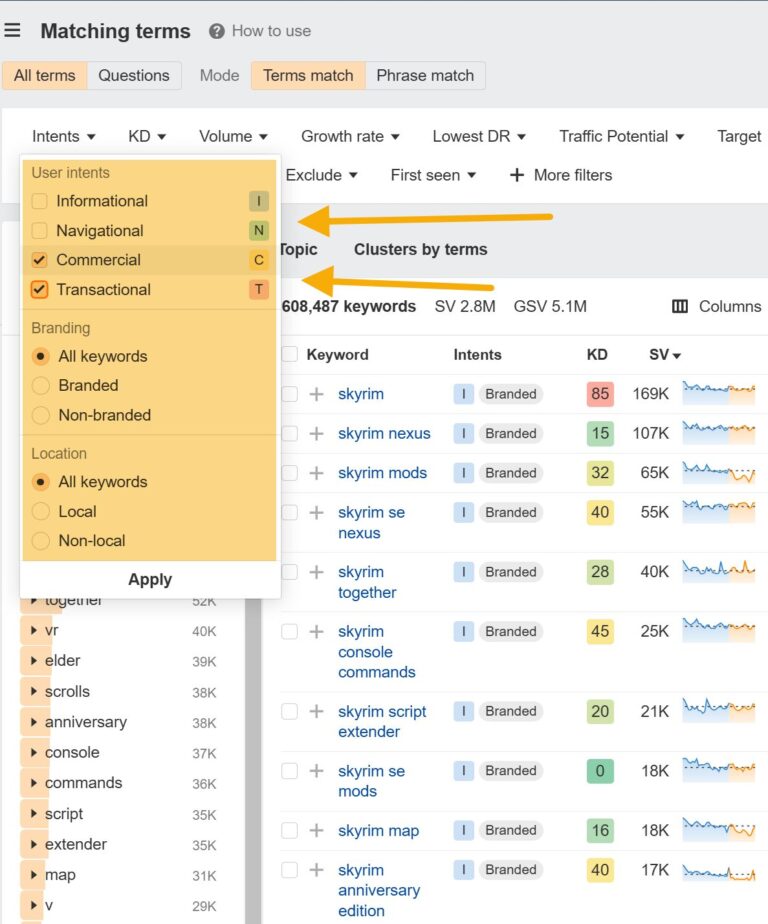
I Reviewed the Best AI Search Engines for 2025
I rigorously tested the most popular AI search engines to discover their strengths and weaknesses. I ran this test for two reasons: As a human being, I want to use the best search engine around. I spend my life on the internet. I want to find information in the fastest, most effortless way possible. As…
